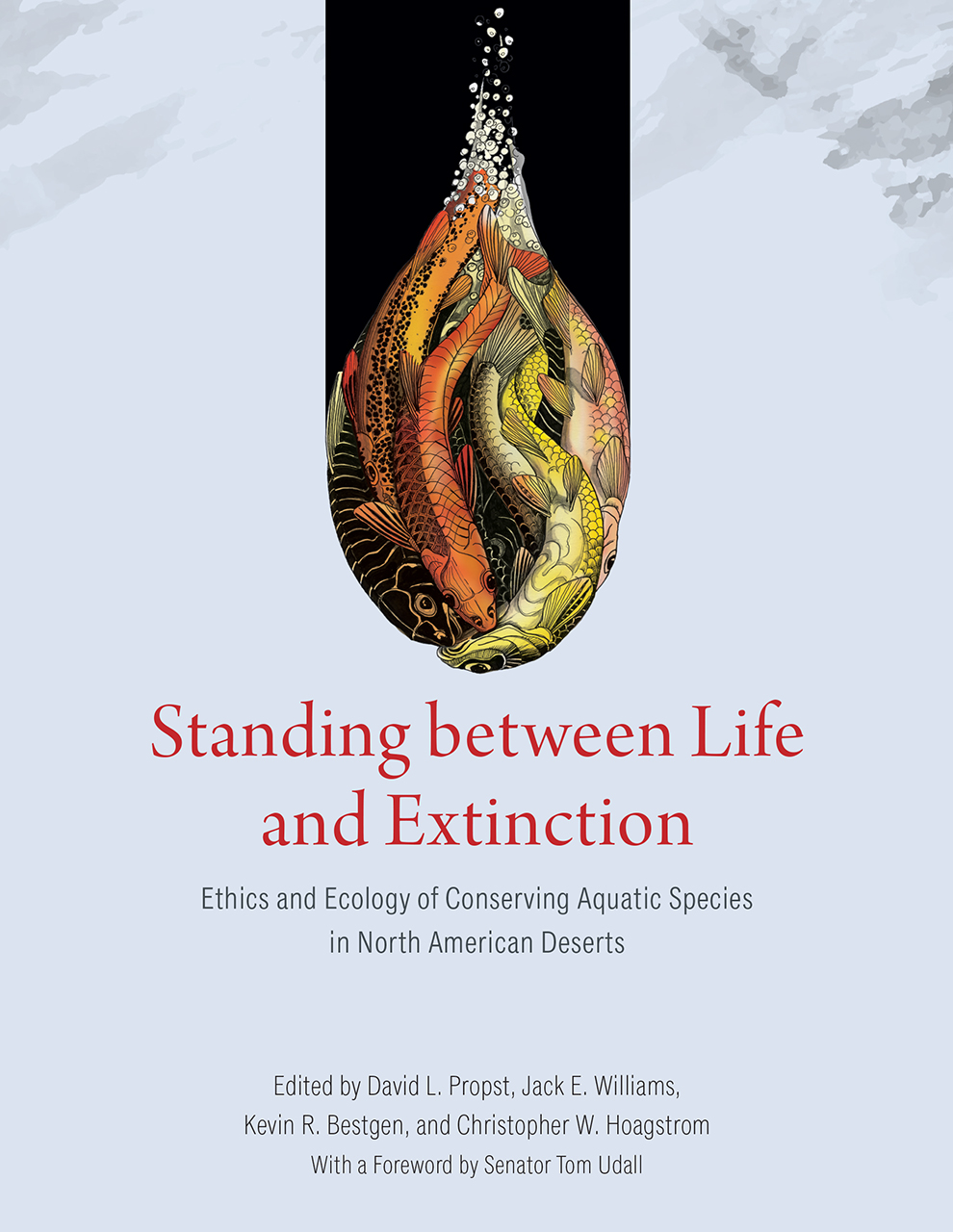The Importance of Conservation
February 25, 2021
by Katelyn Shaw, student intern

Preserving wildlife and their habitats is essential because it keeps ecosystems healthy. Water resources are scarce in the desert, so desert fishes are highly vulnerable, which means they are an important indicator of ecosystem integrity.
"Fishes in the desert are like canaries in coal mines," Hoagstrom said.
"The fact that a large proportion of desert fish is imperiled is a sign that desert ecosystems are in trouble," Hoagstrom explained. "In turn, efforts to reduce impacts and restore aquatic ecosystems have potential benefits for the entire desert region, including its human inhabitants."
Christopher Hoagstrom, Weber State University zoology professor, began his conservation journey during his undergraduate education at Ohio Northern University and graduate education at Sul Ross State University.

Working with the U.S. Fish and Wildlife Service, he studied the needs of endangered fish and made recommendations to improve their status. Since moving into academia, Hoagstrom's research has focused on fish conservation, especially understanding the evolution of fish biodiversity and its relevance to fish conservation.
Hoagstom's teaching methods have impacted his research. He looks for ways to improve his teaching and strengthen the link to conservation in the classroom. For each course he prepares, he considers conservation and introduces conservation-related information when appropriate. His course Conservation Biology is entirely dedicated to the science of conservation. This kind of education is important because as students learn the basics of biology, they understand the need for conservation more easily.
He is a co-editor and contributing author of the newly published book, Standing between Life and Extinction: Ethics and Ecology of Conserving Aquatic Species in North American Deserts. The book aims to bring together research efforts from the entire desert region of North America in a single volume to represent the Desert Fishes Council. This nonprofit organization has a 50-year history of working to conserve desert fishes and the habitats on which they depend. Each chapter and author represents a wide variety of disciplines and organizations relevant to this effort.
Hoagstrom will continue his research to focus on the evolution of biodiversity and what it tells us about the conservation of desert fishes. Conservation activities never stop because there are always ways to reduce our environmental footprints, such as limiting water usage, improving habits that protect water quality, and properly disposing of waste. Individuals can also support conservation by supporting nonprofit organizations like Trout Unlimited and supporting representatives and lawmakers who value conservation.